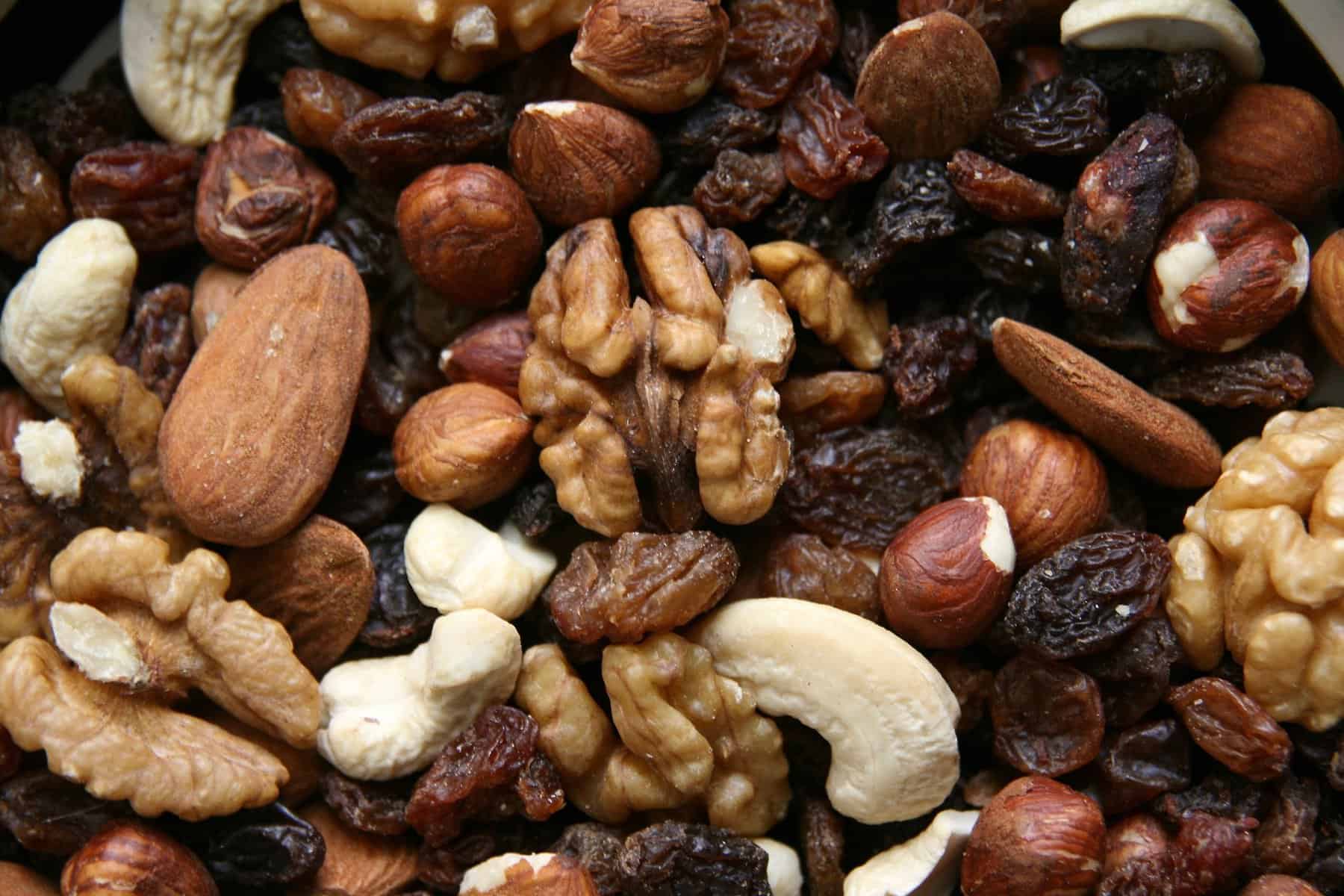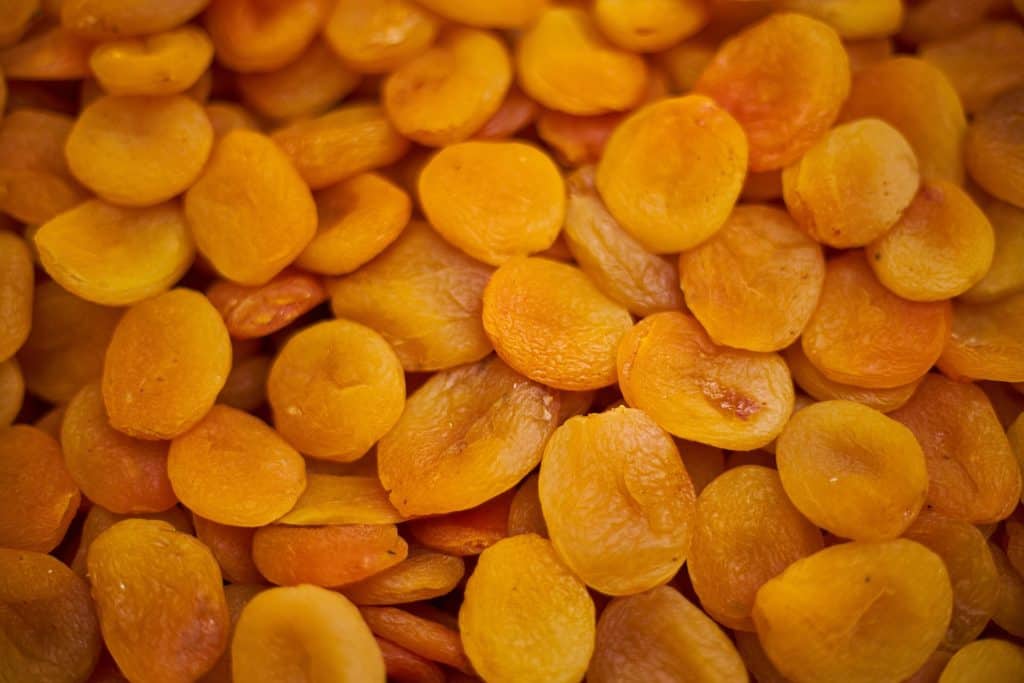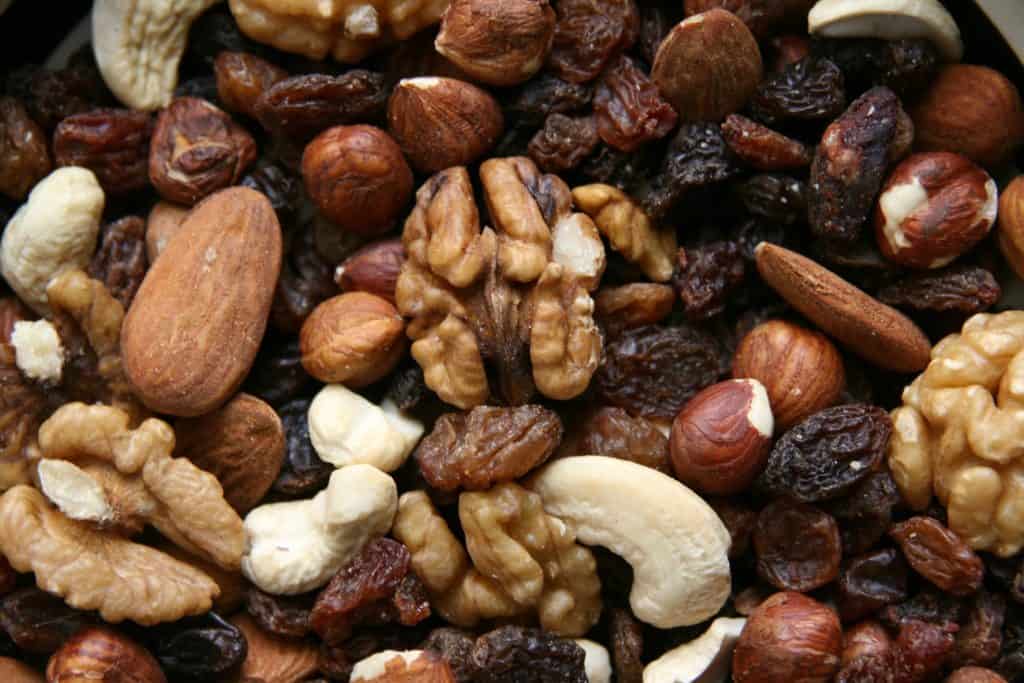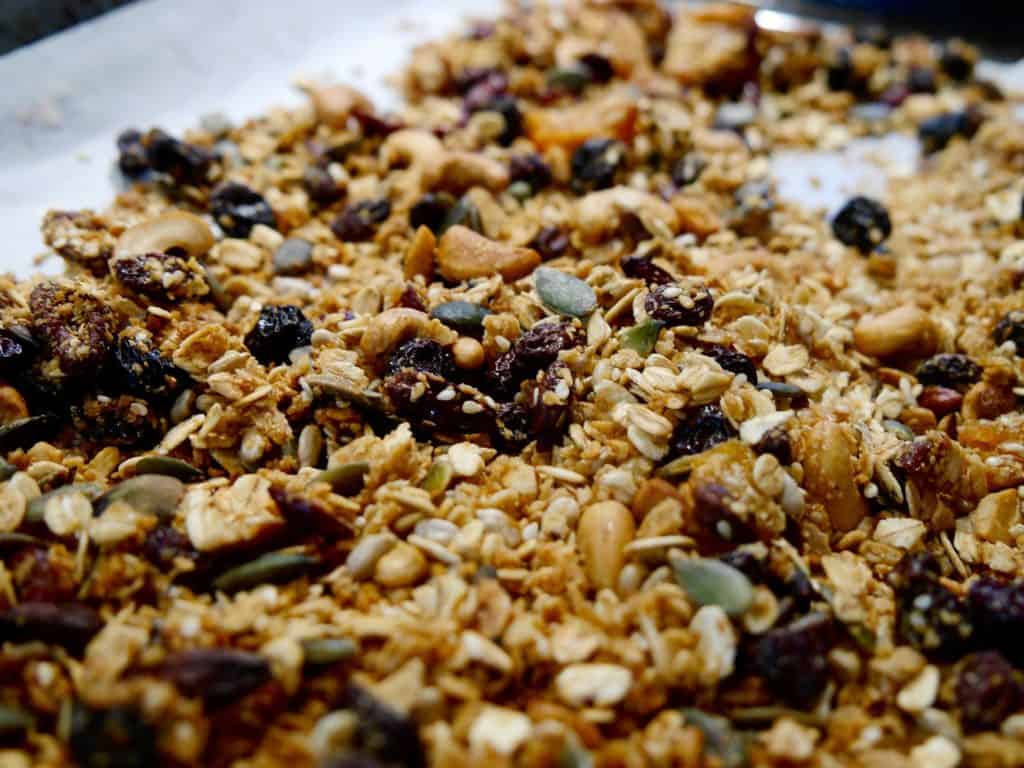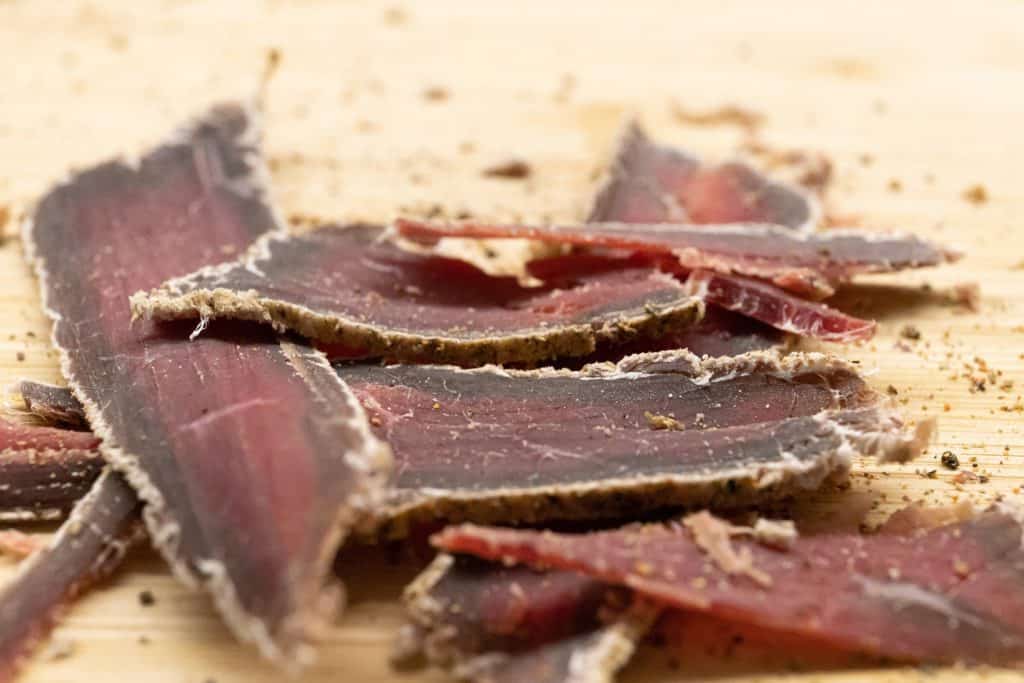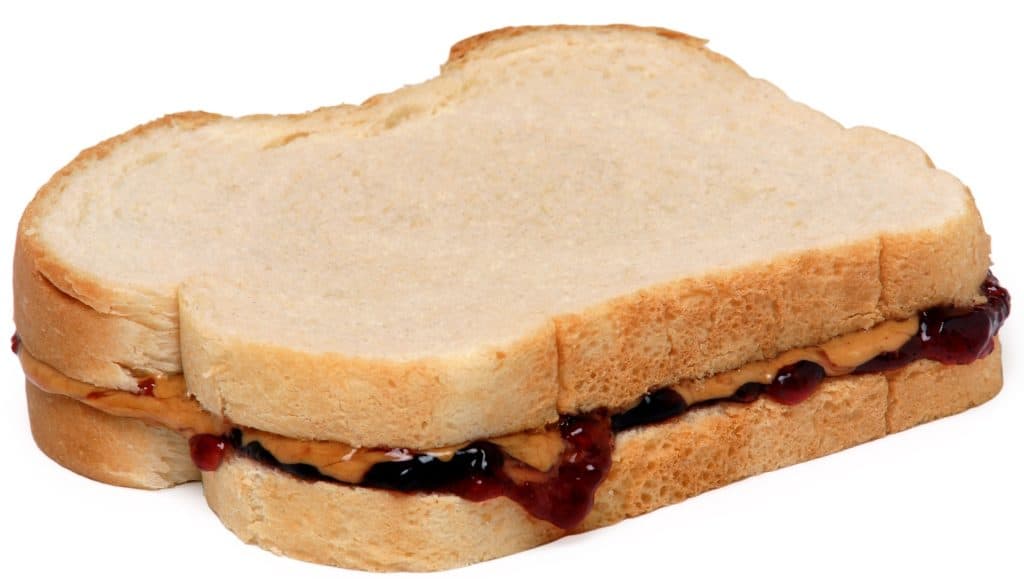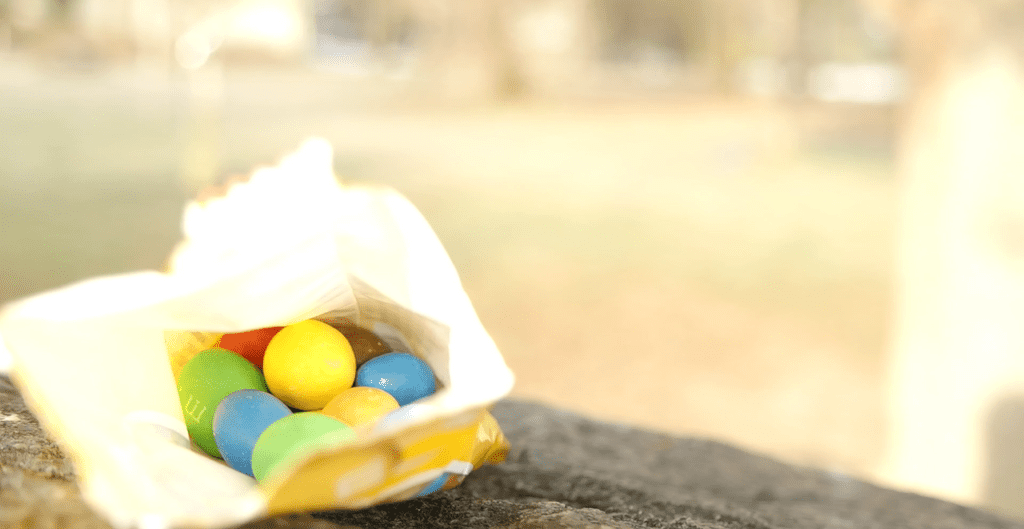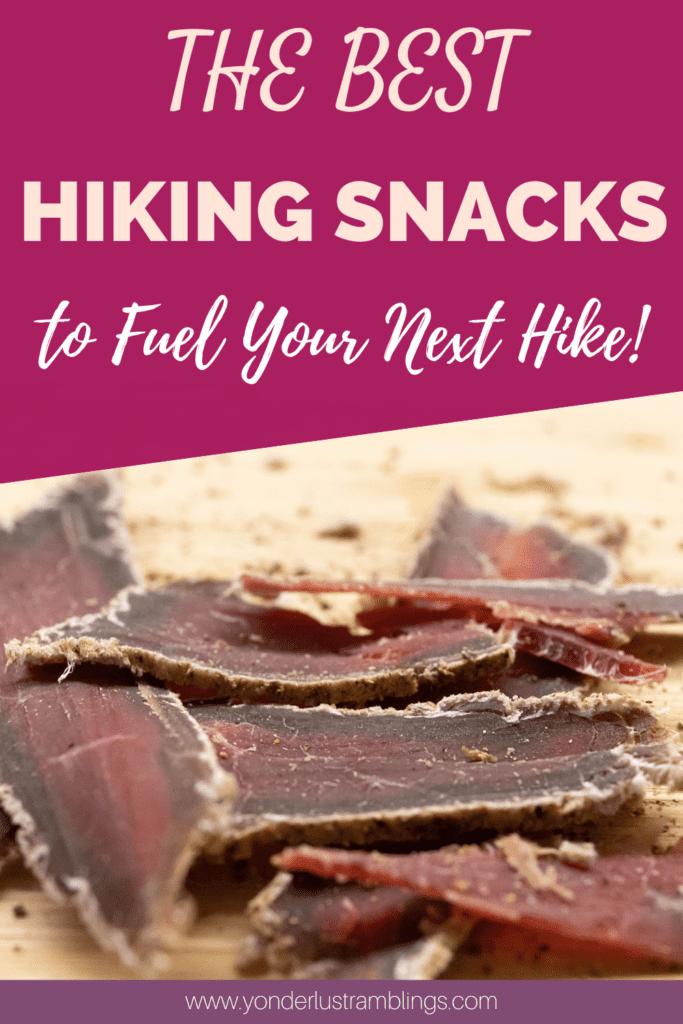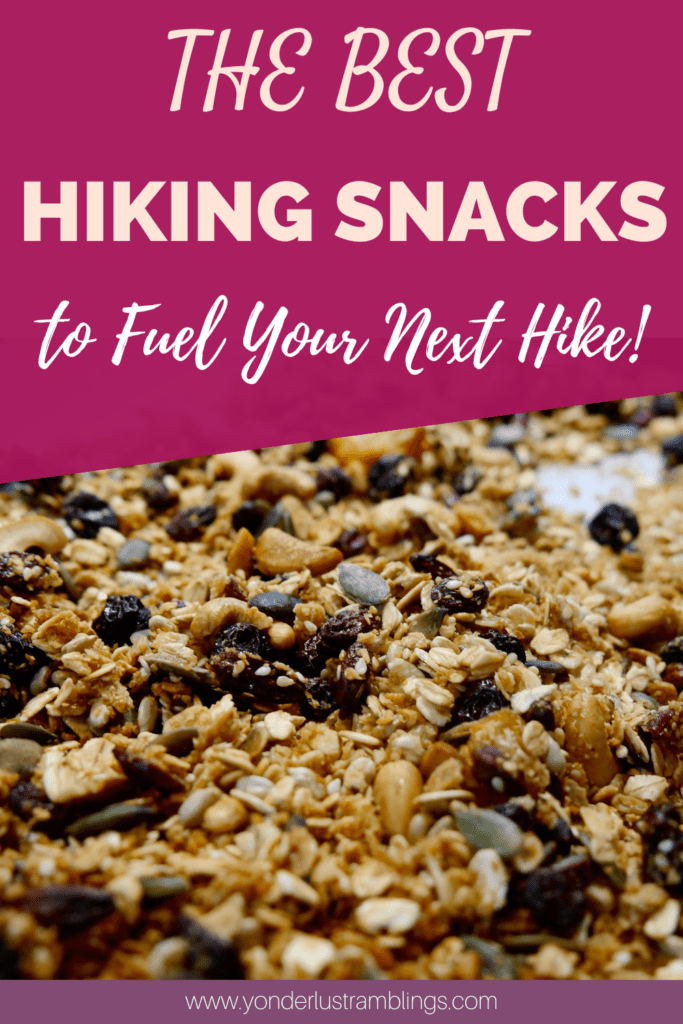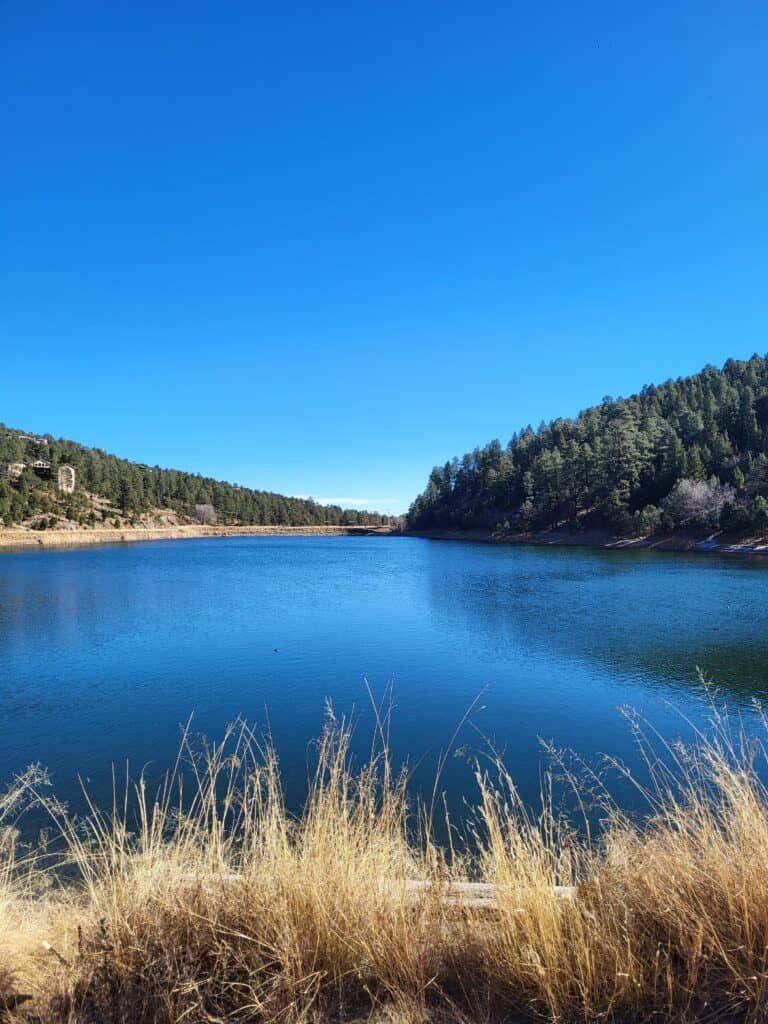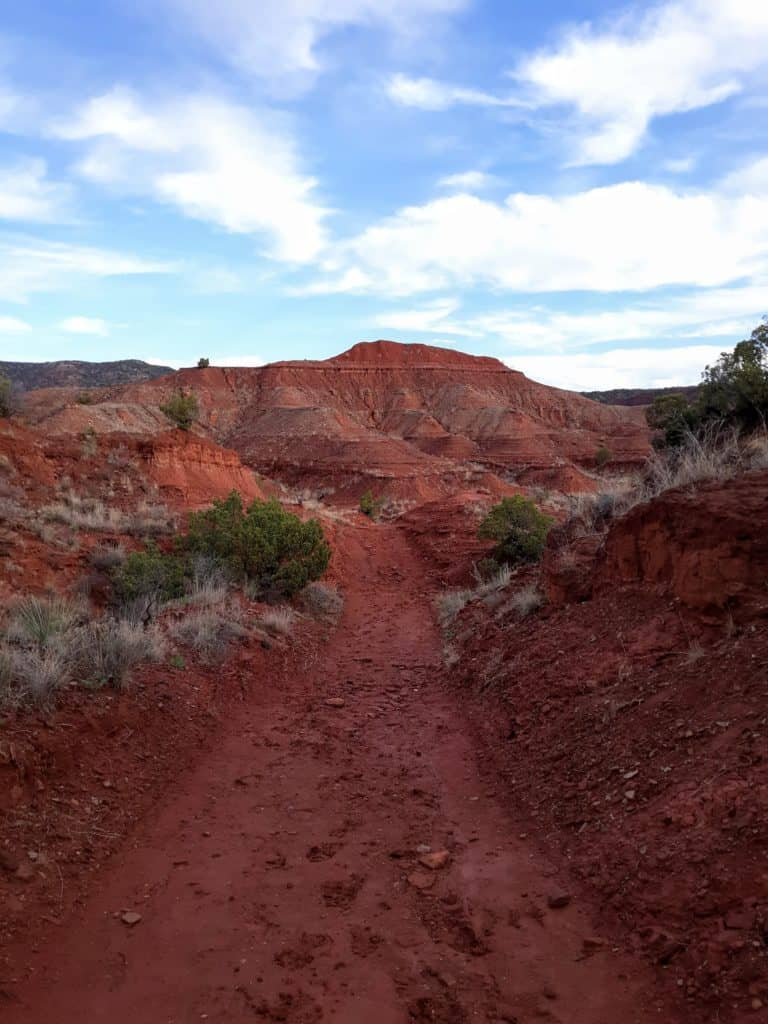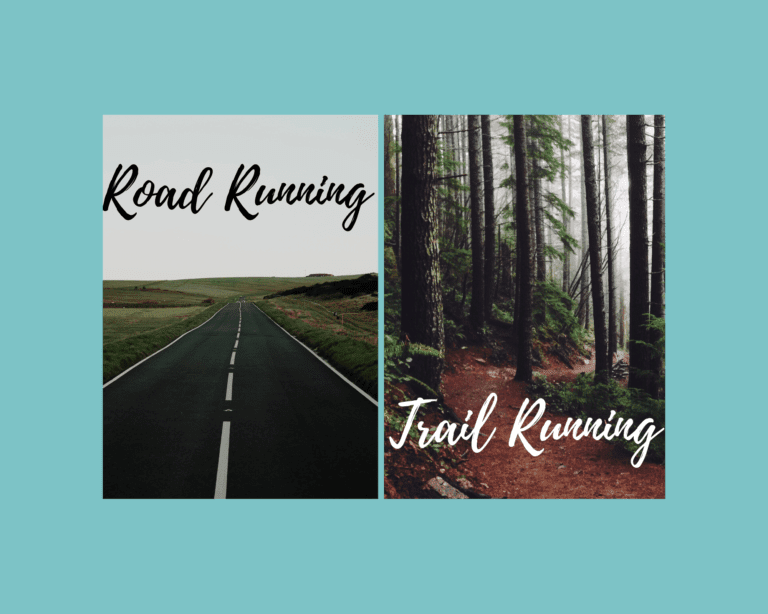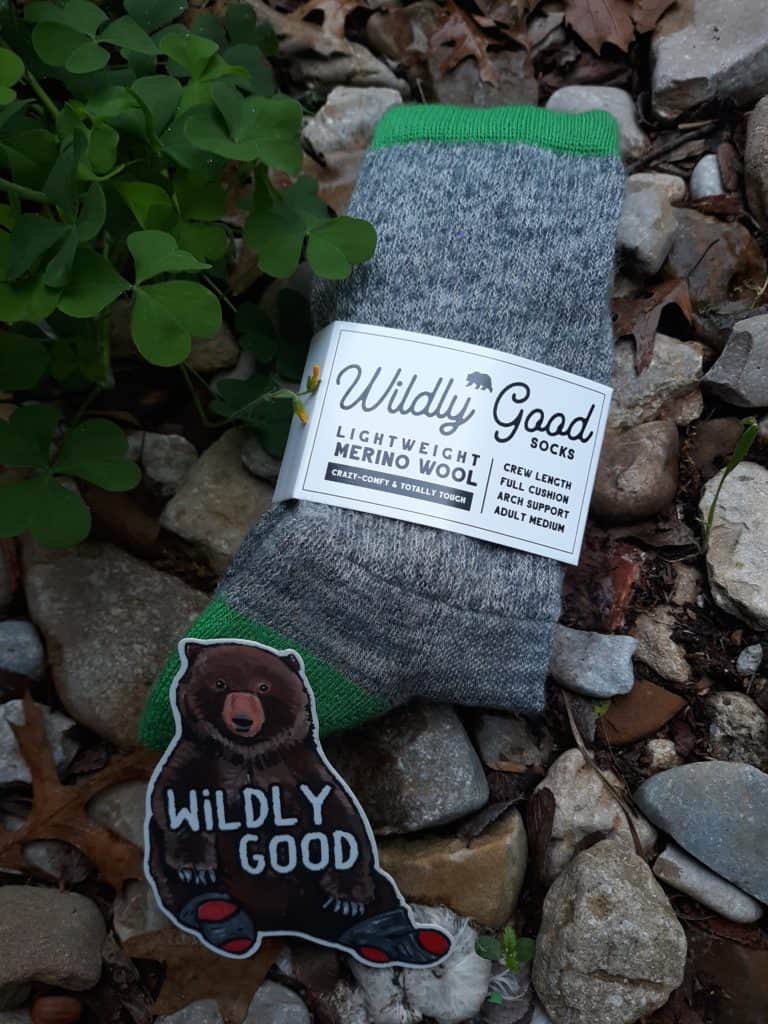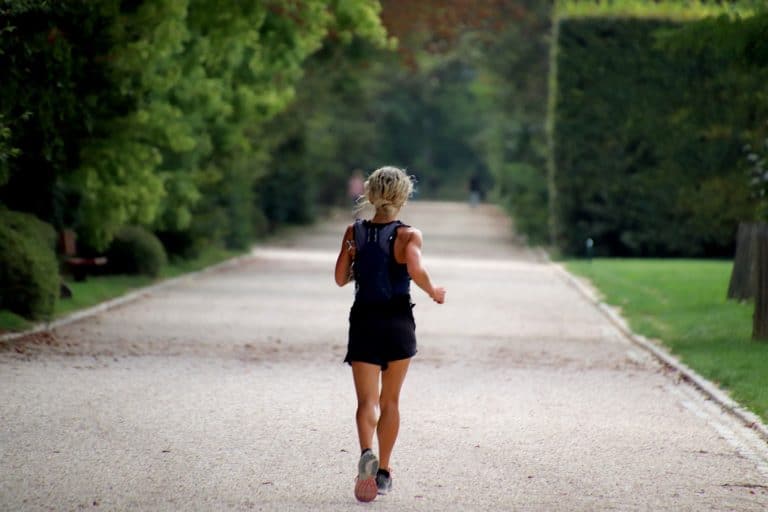The Best Hiking Snacks to Fuel Your Next Hike
You’ve bought the right gear, learned about Leave No Trace, researched and trained for your trail, and taken your safety steps, and now you are ready for your hike! But don’t forget one very important detail: packing the best hiking snacks for your trek! All the preparation in the world can’t help you if you aren’t prepared with the right fuel for your hike, and you crash mid-trail. Don’t let that happen to you. Fueling with the best hiking food can make the difference between an enjoyable hike and a miserable one. Even if you are just going for a shorter day hike, it is still important that you are prepared with all your hiking essentials, and that includes bringing good hiking snacks to responsibly fuel your hike. After all, food is one of the categories of the 10 hiking essentials for a reason!
Disclosure: Below are some affiliate links-these are all products I highly recommend. I won’t make any recommendations on this page that I haven’t tested or personally used!
Table of Contents
Guide to the Best Hiking Snacks
Below you will find a complete guide to what to look for in good hiking snacks:
- What QUALITIES to look for in a good hiking snack
- How MUCH hiking snacks you should bring on your hike
- LIST of the best hiking snacks, including healthy hiking snacks
- How to CARRY your hiking snacks
- Additional TIPS on the best hiking snacks
What are the Qualities of Good Hiking Snacks?
You should treat hiking snacks differently than you do your everyday snacks. After all, your hiking snacks have a very important job to do! You do not want to run out of steam halfway through a 5 mile hike in the barren White Sands wilderness! Hiking snacks are one part of a responsible hiking plan, and you should create your snack inventory with thought and intentionality. Here are some things to look for in good hiking snacks. The best hiking food is:
- a balanced blend of protein, fat, carbs, sugar, and sodium
-
- PROTEINS help keep you full longer, and help to rebuild muscles and tissues post hike
- CARBS are the quickest way to get a boost of energy
- while you will want to avoid overly processed sugar hiking foods, the natural SUGARS found in foods like fruits can help maintain a stable blood glucose level.
- healthy FATS are a great source of healthy energy
- you don’t want to go overboard with SODIUM, but it is important to monitor your sodium levels, especially on hotter hikes in hotter weather. Sodium helps keep your body hydrated, which is why it is important to replenish sodium and electrolytes.
-
- lightweight – when hiking (and especially backpacking), every ounce counts
- high energy – this seems like an obvious characteristic of good hiking foods, but there are certain snacks that are less high energy and more just filler. Make sure that the hiking snacks you have picked out have some beneficial energy output.
- tested and proven – don’t ever eat something on the trail you haven’t “practiced” with before on a shorter hike or training hike. Make sure that you know how your body reacts to all your hiking snacks you have planned. By the way, this is also solid advice for long distance running fuel as well!
- nutritious – the best hiking snacks are even more beneficial when they are healthy hiking snacks. And luckily, most of my recommended hiking snacks are healthy, except for maybe that occasional motivational Snickers bar that you need at mile 12 (sweet treats are included in my list below)! With careful planning and intentionality, you can make sure that your hiking snacks are nutritious and not just fillers.
- calorie dense – you will be engaging in high caloric output during hiking, so you just need to make sure that you are monitoring your caloric intake. For example, you won’t get much actual benefit out of a low calorie dense snack like celery. The hiking snacks on this list are a good place to start when intentionally looking for a caloric dense snack. And just fyi, it is a good rule of thumb to plan on taking in at least 300 calories every hour when actively hiking. If it is a super strenuous hike, plan on even more.
- variety – if you always eat the same thing, and if you eat it multiple times over the course of your hike, you will get bored. It might be quick and easy to throw 3 peanut butter protein bars in your pack and that’s it, but you will get bored. Bring variety!
- shelf stable – this just means that your snack does not require refrigeration, and will not go bad over the course of your hike or backpacking trek.
- easy to pack and portable – you want to avoid messiness, bulkiness, or snacks that aren’t easily portable. Keep in mind that your carrying capacity is a day or backpack. You also won’t likely be carrying a ton of utensils, etc, to use, so keep it simple.
- able to eat on the go – I personally enjoy taking a break and enjoying my hiking snacks, but there are occasions where I need to eat on the go. Say, for instance, a mountain hike where I need to be off the summit by noon, and I am making a push that doesn’t allow for a stop, but I still need to fuel. Or I’m trying to hike the Grand Canyon’s Rim to Rim and finish before sundown. Or I spot rain clouds on the horizon and know that I better start booking it back to the trailhead! That is why I like healthy hiking snacks that are easy to eat on the go, like squeezable peanut butter pouches or applesauce pouches (more on these later).
- tasty! As in, you actually enjoy eating them! No use in packing a hiking snack that you have no motivation to eat.
How MUCH Hiking Snacks Should You Bring on Your Hike?
When considering how MUCH hiking snacks to bring, consider these questions:
- how FAR is your hike?
- how LONG do you estimate the hike to take (if you aren’t sure, check out a hiking app like AllTrails for an estimate). You should plan to take in around 300 calories an hour, but possibly more if the hike is more strenuous.
- what is the ELEVATION GAIN (this is a good indicator of how strenuous the hike might be) AND
- what part of the trail is the most STRENUOUS (use an elevation gain chart, like the example below, to plan which PART of the trail you might need the most boost during)

- for example, during my annual Rim to Rim hike in the Grand Canyon, I go less on snacking during the 1st half, because that is the downhill portion of the hike, and I plan more snack breaks for the 2nd half, because that is the uphill portion, and the most strenuous portion).
- what is the hike RATED– hiking apps like AllTrails will give the trail a rating, and therefore give you an additional clue as to how MUCH hiking snacks you might need to plan on bringing. Look for rating words like “strenuous”, “easy”, “moderate”, or “difficult”.
- bottom line, use a hiking app, like AllTrails, to learn the details about your proposed hike, in order to determine how much hiking snacks you should bring!
- Because, a flat, 1 mile hike is going to require less hiking snacks than an 8 mile hike to the top of Texas with 3,000 feet of elevation gain! A good rule of thumb is to plan on consuming 300 calories per hour during your hike, but if you know that you are planning to take on a real beast of a hike, make it more to be on the safe side!
The Best Hiking Snacks
Jump to this handy Hiking Snacks Checklist NOW!
- SQUEEZABLE PEANUT BUTTER – peanut butter is a best friend for hikers (and runners too), for many reasons! Truly, any kind of nut butter (almond butter, peanut butter, cashew butter, etc) makes for one of the best hiking snacks, but my personal go to is peanut butter! It is multifunctional and versatile – you can snack on it straight from the package, spread it on a sandwich, or pair it with crackers or fruit.
- SQUEEZABLE APPLESAUCE POUCHES – another versatile, easy, on the go option, and that little bit of fruit can be really refreshing on the trail. Unsweetened applesauce is my favorite traditional go to.
- FRESH FRUIT – a quick boost of natural energy that can bring your blood sugar up (apples, oranges, bananas, and grapes are a few of my favorites), plus fresh fruit can be incredibly refreshing and invigorating on a hot weather hike! I also prefer bananas because they can help fight off muscle cramps with their potassium content! For tough, all day long hikes, like the Grand Canyon’s Rim to Rim hike, bananas are a must! As an alternative, there are lots of squeezable fruit packets, like applesauce pouches, that can give you a portable, easy, and quick method to get in some fruit on your hike.
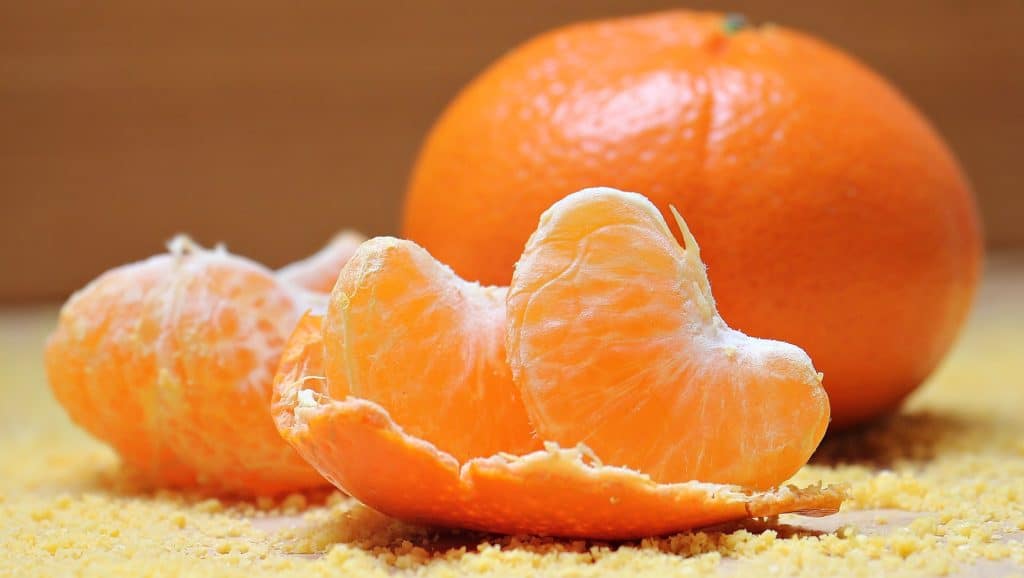
- CHEESE– high in protein and fat, never a bad combo when it comes to hiking snacks. Not all cheese is shelf stable and portable though, so make sure you opt for a cheese like these mini Babybel cheeses that come individually wrapped. Harder cheeses will last longer off refrigeration, but I tend to try and eat my cheeses near the beginning of my hike just to be safe, if I do bring them.
- DRIED FRUITS – packed with a quick dose of energy, and shelf stable ( a few favorites are dates, with their high glycemic index, cranberries, strawberries, pineapples, mangoes, peaches, apples, coconut, and apricots). You can go store bought, or use your own dehydrator to make your own at home!
- NUTS– from peanuts to pistachios, almost any kind of nut makes a healthy hiking snack! In fact, studies support that nuts are one of the best things you can snack on to support your overall health, not just the health of your hike! So do yourself and your hike a favor! Nuts are loaded with protein and fat, the perfect recipe for energy. You can eat them as a mix, or just choose your favorite kind!
- GRANOLA– you can go with premade granola, but making your own is fun too (here’s a great homemade granola recipe)! Granola mix typically includes oats, seeds, optional mix ins, and nuts.
- TRAIL MIX – combine dried fruit, nuts, and optional granola and/or chocolate, and you’ve got trail mix. Depending on the weather, you may enjoy throwing in a pinch of chocolate chips or M and M’s for a sweet kick, just make sure in hotter weather that your trail mix doesn’t include anything that might melt. You can buy prepackaged trail mix, but it is fun to personalize and make your own! It is easy to buy all the ingredients you need from your local grocery store to individualize your own trail mix, and that would be my recommendation!
- BEEF JERKY – this timeless hiking food is a great source of protein, super portable, and super shelf stable. Beef jerky in all its varieties can last a long time with no refrigeration at all, and won’t go stale!
- PEANUT BUTTER AND JELLY SANDWICH – ok so this one takes a little more effort, and doesn’t quite pack as nicely as some of these other hiking snacks options, but it is a great choice for a protein and fruity punch of energy. Plus, there’s something more “filling” about a good old fashioned sandwich, especially on all day long hikes where you need to feel like you are having more of a “meal” than just hiking “snacks”. On all day long hikes, like California’s 21 mile long Mt. Whitney, or the Grand Canyon’s Rim to River hike, I always pack a sandwich or two. Sure, sometimes they might get a little smooshed, but that is part of the journey. You just have to be a little more mindful when packing a sandwich.
- TUNA PACKETS – another fantastic shelf stable option that is full of protein and energy is tuna packets. Bonus is that they are lightweight, easy to pack, and quick and easy to eat! Nowadays tuna packets come in a lot of different flavors and varieties, which can suit the tastes of any hiker!
- ENERGY/PROTEIN/GRANOLA BARS – whichever name you call them by, these bars can be a staple of good hiking foods, but just make sure to opt for bars that are not overly processed or over-sugared. RX bars are my favorite brand of bars, because if you simply take a look at their ingredient list, you’ll see it is made up of straightforward ingredients like egg whites, dates, and fruit.
***It is easy to grab a couple bars and throw them in your pack and call it a day, but try to limit your intake to 1 or 2 bars a day. Variety and diverse nutrition is better for you when it comes to a well rounded and healthy hiking snacks inventory.
- STROOPWAFEL– these little wafers, also referred to as “waffles” are loaded with carbs, and are lightweight, small and easy to pack, and portable on the go. My favorite brand of stroopwafel is Honey Stingers waffles.
- OLIVES– not everyone’s favorite, and a bit of a black sheep when it comes to hiking snacks, but olives actually make an awesome addition to healthy hiking snacks due to their high healthy fat content! Pre-packaged olives with a variety of flavors are the way to go!
- ENERGY CHEWS – I don’t make it a habit to overindulge in these hiking snacks, but they are great when I really need an extra pick me up or push, or when I plan to possibly trail run a part of my hike, and I know I’m going to burn through energy quicker and harder than usual. They are small and easy to pack too. Honey Stinger energy chews are great chews.
- SWEET TREAT– sometimes you really start to justifiably struggle, at the end of a long, grueling hike, and you just need that sweet motivation to keep going! When I hiked Mt. Elbert, the tallest peak in Colorado and the Rocky Mountains, I desperately needed a handful of Skittles for pure motivation on the way down, and I fondly remember sitting on that log, in the dappled sun on my descent, enjoying a handful of Skittles. I try not to partake in hiking snacks like these at the onset of my hike, but I will occasionally enjoy them near the end for a morale boost. Other favorites include gummy bears and candy bars!
- ELECTROLYTES– though not technically a hiking “food”, it is important to be mindful of replenishing sodium and electrolytes on your hikes. Nuun tablets are a simple and effective way to accomplish this.
HOW to Carry Your Hiking Snacks
Follow these best practices for carrying and packing your hiking snacks:
- use ziploc bags/reusable containers to prepackage and portion out your hiking snacks (this helps minimize wrappers and trash that you have to pack out)
- don’t forget to Leave No Trace (pack out all trash!). Wrappers are the main culprit here, which is why I like to use ziploc bags for my hiking snacks. I can finish the snack, then save the ziploc bag for later use or repurpose it.
***Even trash like banana or orange peels, or pistachio shells, should be packed out. These are not natural food sources for the wildlife out on trails, and it can be detrimental to wildlife to come in contact with this type of food source. Also, it can become dangerous for wildlife to become accustomed to approaching trails and hikers, looking for sources of food. Bring a separate bag for trash, or just use one of your ziploc bags as a designated trash bag once you have finished its contents.
- For hiking snacks such as fresh fruit, be sure to precut your fruits, to make it quicker, less messy, and more efficient to eat on the trail.
Additional Tips about the Best Hiking Snacks
- When it comes to hiking snacks, don’t forget about WATER! Make sure you have a reliable water transportation system, whether that is a classic Nalgene water bottle, a hip belt / running belt with water bottles for short treks, a pack with a water hydration bladder, or a hydration vest like this Camelbak.
- Hiking snacks are an important part of your hiking essentials, but regardless of which hiking snacks you bring with you on your trek, always have a healthy, balanced meal BEFORE your hike. It is not a good situation to be playing catch up at the start of your hike. Think whole grain toast, eggs, oatmeal with peanut butter, etc.
- Finally, don’t forget to make things easier on yourself before your next big hike, and download your own handy Hiking Snacks Checklist HERE!
Now that you are set on your hiking snacks, you are ready to get out there and hit the trails! Don’t forget to check out some of these other helpful hiking resources!
- Hiking Gear Checklist for Beginners
- Complete Backpacking Essentials Checklist
- Hiking Exercises You Can Do No Matter Where You Live!
- Daily Water Tracker
- 5 Beginner Hiking Mistakes NOT to Make
- What Makes Peanut Butter the Best Fuel!
- 7 Safety Tips for Hiking Solo
PIN for LATER!

